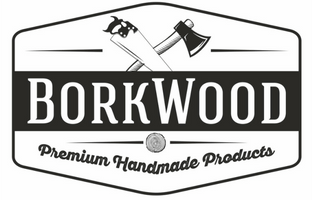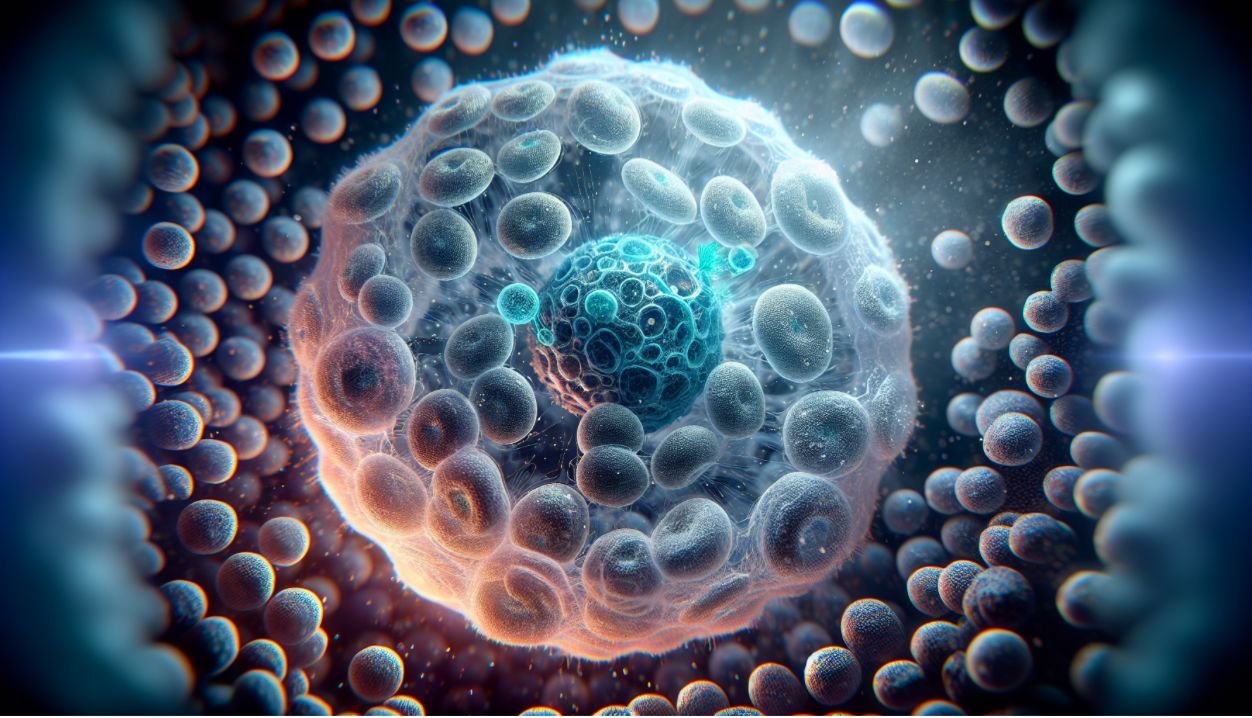HEK 293 Cells: The Workhorse of Antibody Production
HEK 293 cells, also known as Human Embryonic Kidney 293 cells, have become a crucial tool in the field of biotechnology, particularly in the production of antibodies. These cells are derived from human embryonic kidney cells that have been transformed with adenovirus 5 DNA. The “293” in the name refers to the fact that these cells were derived from the 293rd experiment conducted by the scientist who first isolated them.
Origins and Characteristics of HEK 293 Cells
HEK 293 cells were first isolated in 1973 by Alex van der Eb, a Dutch scientist, in collaboration with his colleague Frank Graham. They were derived from a healthy aborted fetus and were transformed with sheared adenovirus 5 DNA. This transformation resulted in the incorporation of approximately 4.5 kilobases of viral DNA into the cell’s genome, which allows the cells to grow indefinitely in culture.
HEK 293 cells have several characteristics that make them ideal for use in biotechnology:
1. They are easily transfected with foreign DNA, making them suitable for the production of recombinant proteins.
2. They can grow in suspension culture, which allows for large-scale production of proteins.
3. They have a high capacity for protein production, making them an efficient system for the expression of recombinant proteins.
HEK 293 Cells in Antibody Production
Advantages of Using HEK 293 Cells for Antibody Production
HEK 293 cells have become a popular choice for the production of antibodies due to several advantages they offer over other expression systems:
1. Human-like post-translational modifications: HEK 293 cells are derived from human tissue and therefore have the ability to perform human-like post-translational modifications on the proteins they produce. This is particularly important for antibodies, as improper post-translational modifications can affect their function and stability.
2. High protein yield: HEK 293 cells have a high capacity for protein production, which makes them an efficient system for the expression of recombinant antibodies. This high yield reduces the cost and time required for antibody production.
3. Scalability: HEK 293 cells can be grown in suspension culture, which allows for the large-scale production of antibodies. This scalability is crucial for meeting the increasing demand for therapeutic antibodies.
Transient and Stable Expression of Antibodies in HEK 293 Cells
Antibodies can be expressed in HEK 293 cells through either transient or stable expression.
Transient Expression
Transient expression involves the temporary introduction of the antibody-encoding gene into the HEK 293 cells. This is typically achieved through the use of a plasmid vector that contains the antibody gene. The plasmid is introduced into the cells through a process called transfection, which can be performed using various methods such as lipofection, calcium phosphate precipitation, or electroporation.
Transient expression has the advantage of being relatively quick and easy to perform. It allows for the rapid production of small to medium quantities of antibodies, which is useful for research and preclinical studies. However, transient expression is not suitable for large-scale production, as the antibody yield is typically lower than that achieved with stable expression.
Stable Expression
Stable expression involves the permanent integration of the antibody-encoding gene into the genome of the HEK 293 cells. This is typically achieved through the use of a viral vector, such as a lentivirus or a retrovirus, that contains the antibody gene. The viral vector is used to infect the HEK 293 cells, resulting in the integration of the antibody gene into the cell’s genome.
Stable expression has the advantage of allowing for the long-term production of large quantities of antibodies. Once the antibody gene is integrated into the cell’s genome, the cells can be cultured indefinitely, and the antibody will be continuously produced. This makes stable expression ideal for the large-scale production of therapeutic antibodies.
However, stable expression is more time-consuming and labour-intensive than transient expression. It requires the generation of a stable cell line, which can take several weeks to months. Additionally, the development of a stable cell line requires more extensive optimization and characterization to ensure consistent antibody production.
HEK293T Cells: A Variant of HEK 293 Cells
HEK293T cells are a variant of HEK 293 cells that have been further modified to express the SV40 large T antigen. This antigen allows for the episomal replication of plasmids containing the SV40 origin of replication, which can increase protein production.
Advantages of HEK293T Cells
HEK293T cells offer several advantages over standard HEK 293 cells:
1. Higher transfection efficiency: The presence of the SV40 large T antigen in HEK293T cells enhances the transfection efficiency, allowing for higher protein yields.
2. Improved protein production: The episomal replication of plasmids in HEK293T cells can lead to increased protein production compared to standard HEK 293 cells.
3. Suitability for lentiviral production: HEK293T cells are commonly used for the production of lentiviral vectors, which can be used for the stable expression of antibodies or other proteins.
Applications of HEK293T Cells in Antibody Production
HEK293T cells are particularly useful for the production of antibodies through transient expression. The higher transfection efficiency and improved protein production of HEK293T cells make them an attractive option for the rapid production of antibodies for research and preclinical studies.
Additionally, HEK293T cells can be used for the production of lentiviral vectors encoding antibodies. These lentiviral vectors can then be used to generate stable cell lines for the large-scale production of therapeutic antibodies.
Optimization of Antibody Production in HEK 293 Cells
To maximise the yield and quality of antibodies produced in HEK 293 cells, several factors need to be optimised:
Media and Feed Strategies
The choice of media and feed strategies can significantly impact the growth and productivity of HEK 293 cells. Serum-free media formulations have been developed specifically for HEK 293 cells, which can support high cell densities and protein production. Additionally, fed-batch strategies, such as the addition of nutrients and growth factors, can be used to extend the culture duration and increase antibody yields.
Transfection and Expression Conditions
Optimising the transfection and expression conditions is crucial for maximising antibody production in HEK 293 cells. This includes the choice of transfection method, the ratio of plasmid DNA to transfection reagent, and the cell density at the time of transfection. Additionally, the expression conditions, such as the temperature and pH of the culture, can be optimised to improve antibody yield and quality.
Purification and Characterization of Antibodies
After the antibodies are produced in HEK 293 cells, they need to be purified and characterised to ensure their quality and functionality. Various purification methods can be used, such as protein A affinity chromatography, ion exchange chromatography, and size exclusion chromatography. The purified antibodies should then be characterised for their purity, binding affinity, and biological activity.
Challenges and Future Perspectives
Challenges in Using HEK 293 Cells for Antibody Production
While HEK 293 cells have proven to be a valuable tool for antibody production, there are still some challenges that need to be addressed:
1. Genetic instability: HEK 293 cells have a tendency to undergo genetic changes over time, which can affect the quality and consistency of the antibodies produced. Strategies to maintain genetic stability, such as the use of master cell banks and regular monitoring of the cells, are necessary.
2. Scalability limitations: Although HEK 293 cells can be grown in suspension culture, the scalability of antibody production can still be limited by factors such as oxygen transfer and shear stress. Advances in bioreactor design and process optimization are needed to further improve the scalability of HEK 293 cell-based antibody production.
3. Cost considerations: The use of HEK 293 cells for antibody production can be more expensive than other expression systems, such as bacterial or yeast systems. This is due to the higher cost of media and the need for more extensive downstream processing. Strategies to reduce costs, such as the development of more efficient media and purification methods, are necessary to make HEK 293 cell-based antibody production more economically viable.
Future Perspectives
Despite the challenges, the use of HEK 293 cells for antibody production is expected to continue to grow in the future. Several trends and advancements are likely to shape the landscape of antibody production using these versatile cells.
1. Advancements in Genetic Engineering Techniques
The rapid development of genetic engineering techniques, such as CRISPR/Cas9 and other genome editing technologies, will enhance the capabilities of HEK 293 cells. These tools can be used to create optimised cell lines with improved stability and expression characteristics, enabling more efficient and consistent antibody production. By precisely modifying the genome of HEK 293 cells, researchers can enhance specific traits that lead to higher yields or more effective antibodies.
2. Integration of Omics Technologies
The integration of genomics, transcriptomics, proteomics, and metabolomics (collectively known as omics technologies) will provide deeper insights into the biological processes within HEK 293 cells. By utilising these technologies, researchers can better understand how different factors influence antibody production, leading to more refined optimization strategies. For instance, analysing metabolic pathways may reveal key nutrients or conditions that enhance yield.
3. Development of 3D Cell Culture Systems
Three-dimensional (3D) cell culture systems are emerging as a promising alternative to traditional two-dimensional cultures. These systems more closely mimic the in vivo environment and can significantly impact cell behaviour and productivity. Implementing 3D culture methods for HEK 293 cells may improve cell viability, growth, and antibody yield, thereby enhancing the overall efficiency of antibody production processes.
4. Enhanced Bioreactor Designs
The design of bioreactors plays a crucial role in scaling up the production of antibodies. Future innovations in bioreactor technology will focus on improving parameters such as oxygen transfer rates, nutrient delivery, and shear stress management. Implementing advanced control systems and monitoring technologies will facilitate better cultivation conditions, thereby maximising the performance of HEK 293 cells in large-scale antibody production.
5. Automation and High-Throughput Screening
The increasing automation of laboratory processes and the implementation of high-throughput screening techniques will streamline the workflow associated with HEK 293 cell-based antibody production. Automated systems can optimise transfection processes, monitor cell health, and evaluate antibody production in real-time, allowing researchers to make data-driven decisions quickly. This approach will enable more efficient and reproducible production workflows.
6. Focus on Therapeutic Applications
As the demand for therapeutic antibodies continues to rise, HEK 293 cells will play a critical role in addressing various medical needs. There is a growing emphasis on producing monoclonal antibodies for personalised medicine, including treatments for cancer, autoimmune diseases, and infectious diseases. The ability of HEK 293 cells to produce human-like antibodies makes them particularly suited for developing therapies that require high specificity and low immunogenicity.
Conclusion
HEK 293 cells have established themselves as a workhorse in antibody production, offering several advantages that facilitate efficient and effective recombinant protein expression. Despite the challenges associated with genetic instability, scalability, and cost, ongoing advancements in genetic engineering, bioprocessing, and automation hold the promise of overcoming these hurdles.
As the field of biotechnology continues to evolve, the role of HEK 293 cells in antibody production will undoubtedly expand, contributing to the development of innovative therapies that meet the needs of patients worldwide. The future of antibody production will leverage the strengths of HEK 293 cells while embracing new technologies and methodologies to improve efficiency, scalability, and overall quality. This adaptability will ensure that HEK 293 cells remain an indispensable tool in the ongoing quest for therapeutic breakthroughs.







